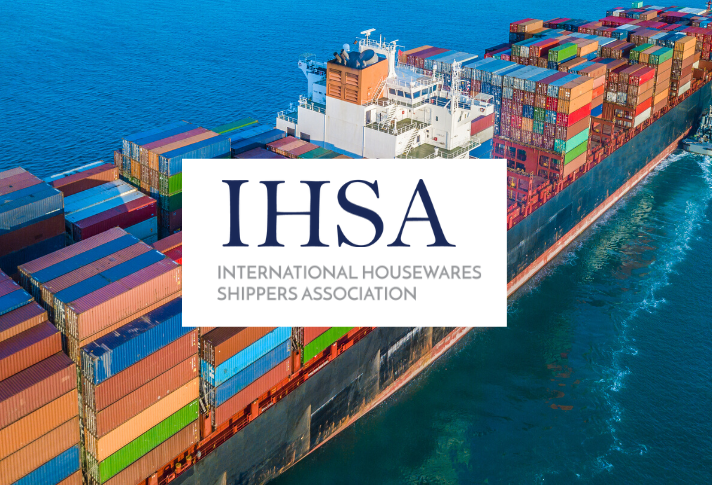The threat of a potential strike at U.S. ports has traditionally been centered around West Coast ports. That is no longer the case. The International Longshoremen’s Association (ILA), which represents East and Gulf Coast ports, is warning of a potential strike unless key issues can be resolved. Wages and automation appear to be the key issues that need to be resolved to avert a strike.
ILA’s current contract with the United States Maritime Alliance (USMX) is set to expire on September 30th. The timing of a potential strike could not be worse for shippers. October and November are critical shipping months as shippers ramp up for the holiday season. The ILA has gone on record saying the current contract will not be extended. This is in stark contrast to how the International Longshore and Warehouse Union (ILWU) negotiated their West Coast port contract in 2023. The ILWU went almost a year without a contract being in place.
The ILA is taking a risk by prolonging the threat of a strike. East and Gulf Coast ports have increased their market share at the expense of West Coast ports. Ironically, many experts attribute the ILA’s recent success to the ILWU’s inability to finalize their own contract. It is highly likely the same shippers that abandoned West Coast ports last year due to contract issues, will reverse course and pull back from East and Gulf Coast ports this year.
The initial negotiations between ILA and the United States Maritime Alliance (USMX) began in February 2023. Talks between the two sides almost immediately collapsed. Since then, the rhetoric has been extremely negative. The lack of anything positive being announced from either side has shippers genuinely concerned. Unless the feeling around the negotiations changes soon, shippers that utilize East and Gulf Coast ports will start pulling cargo forward to avoid arrival dates of October 1st and beyond.
Cargo that cannot be pulled forward will be rerouted over West Coast ports. That in itself poses a major problem for the carriers. The carriers will not have enough capacity to accommodate the additional cargo being diverted from East Coast and Gulf Coast ports to West Coast ports.
The two sides have seven months to resolve their differences and hammer out a contract. Shippers are hopeful that cooler heads will prevail so that a contract can be concluded. The alternative will be chaos and gridlock for U.S. supply chains at the worst possible time.



